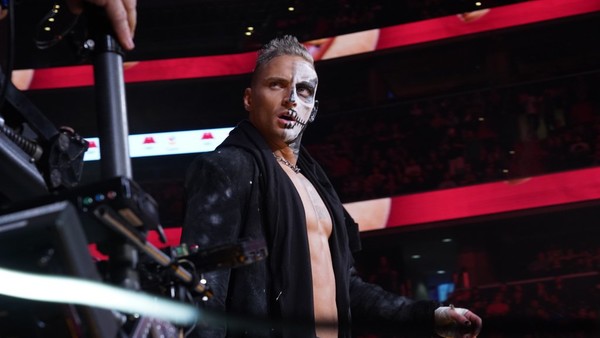How AEW Perfected Pro Wrestling Storytelling

There is no set in-house style, though Dynamite is known at this point for its electric tag team sprints. The roster is diverse, and this diversity drives storytelling germane to professional wrestling. In real sport, a gung-ho attacking team leaves itself vulnerable to a counter-attack and heavy defeat. Youthful teams possess pace, but a lack of experience undoes them. Darby Allin fits into this archetype wonderfully. His performance in losses are so spirited and creative and resilient that he gets over.
Joey Janela Vs. Shawn Spears isn’t a terribly exciting programme, but it is a believable source of conflict that benefits from AEW’s drive to encourage expression. Janela is a so-called garbage wrestler; Shawn Spears and manager Tully Blanchard hate men of his ilk. This is storytelling that branches from character. This is the way ‘round it’s supposed to be; AEW isn’t imposing silly plots onto its talent, but rather using the talent and their personas to craft stories that are believable as a result.
The characters are drawn together naturally in AEW. Jon Moxley is the baddest man on the roster; Darby Allin, a disciple of his style, sought to challenge him last week. Similarly, Fénix and Nick Jackson are experts in their particular field of dazzling, rope-dancing deception. AEW weaves stories of styles clashes and battles that are consistent with the motivations of the characters. This, again, enables suspension of disbelief. In many cases, these wrestlers have spent years honing a specific craft. They want to preserve it; their opponents want to challenge it. Differences in philosophy drive conflict in drama; parallels in quality drive a quest for supremacy in sport. So much of the discourse in football has centred around that specific conversation, in regards to the Messi Vs. Ronaldo debate.
Factions breed matches, and that is the express purpose of pro wrestling storytelling. Chris Jericho's Inner Circle is a masterstroke.
CONT'D...(3 of 5)